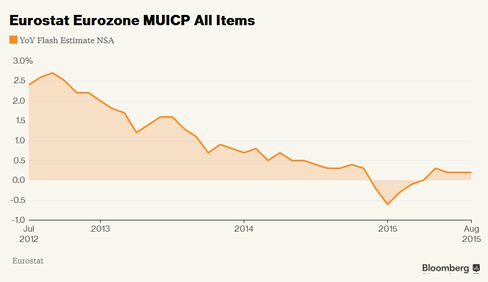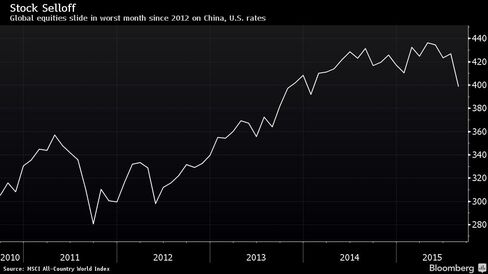Oil rose to a one-month high after OPEC said it’s ready to talk to other global producers to achieve ‘fair prices’ and the U.S. government reduced its crude output estimates.
The Organization of Petroleum Exporting Countries, responsible for about 40 percent of the world’s supply, is willing to talk, “but this has to be on a level playing field,” according to the OPEC Bulletin, the group’s monthly publication. The Energy Information Administration trimmed its U.S. production forecast by as much as 130,000 barrels a day for the first five months of the year as it switches to a new survey, the agency said on its website.
Futures dropped to a six-year low this month amid concern that slowing demand in the U.S. and China will leave the global market oversupplied. A measure of oil-price fluctuations rose to a five-month high.
“The market turned around on two pieces of news,” Phil Flynn, senior market analyst for Price Futures Group Inc. in Chicago, said by phone. "The EIA cut its U.S. output estimates and OPEC says its ready to talk to others about cutting output."
West Texas Intermediate for October delivery surged $2.75, or 6.1 percent, to $47.97 a barrel at 1:10 p.m. on the New York Mercantile Exchange. Futures reached $48.25, the highest since July 31. Prices slipped as much as $1.62 to $43.60 earlier. The contract is up 24 percent in three sessions since Aug. 26. Volume was 69 percent above the 100-day average.
European Benchmark
Brent for October settlement rose $2.91, or 5.8 percent, to $52.96 a barrel on the London-based ICE Futures Europe exchange. The European benchmark crude traded at a $4.99 premium to WTI.
“The OPEC news is sending us higher,” Tom Finlon, Jupiter, Florida-based director of Energy Analytics Group LLC, said by phone.
OPEC won’t agree to carry the burden alone in propping up oil prices by cutting supply; non-member nations would have to share the burden, according to the group’s publication. If demand forecasts are correct, "then it is just a case of riding out the storm" and waiting for the market to balance.
"The market is reading way too much into this," Mike Wittner, head of oil-market research at Societe Generale SA in New York, said by phone. "The OPEC Bulletin isn’t an important publication and this isn’t how they would make a key announcement."
Exceeding Targets
OPEC has been boosting supply as it seeks to force higher-cost producers to cut output. The group has exceeded its target of 30 million barrels a day for a year, data compiled by Bloomberg show.Saudi Arabia, OPEC’s top producer, pumped 10.57 million barrels a day in July, the most in monthly Bloomberg data going back to 1989.
"The non-Gulf members screamed in the fourth quarter of 2014 because of falling prices, were quiet in the second quarter because they rose, and are now at it again," Wittner said. "Until Saudi Arabia says something this is all meaningless. Why would the Saudis change their logic and waste all they have already done."
OPEC crude output increased this month as Iranian production climbed to the highest level in three years, a Bloomberg survey showed. The 12-member group bolstered output by 108,000 barrels to 32.316 million a day in August, according to the survey of oil companies, producers and analysts.
source: Bloomberg







